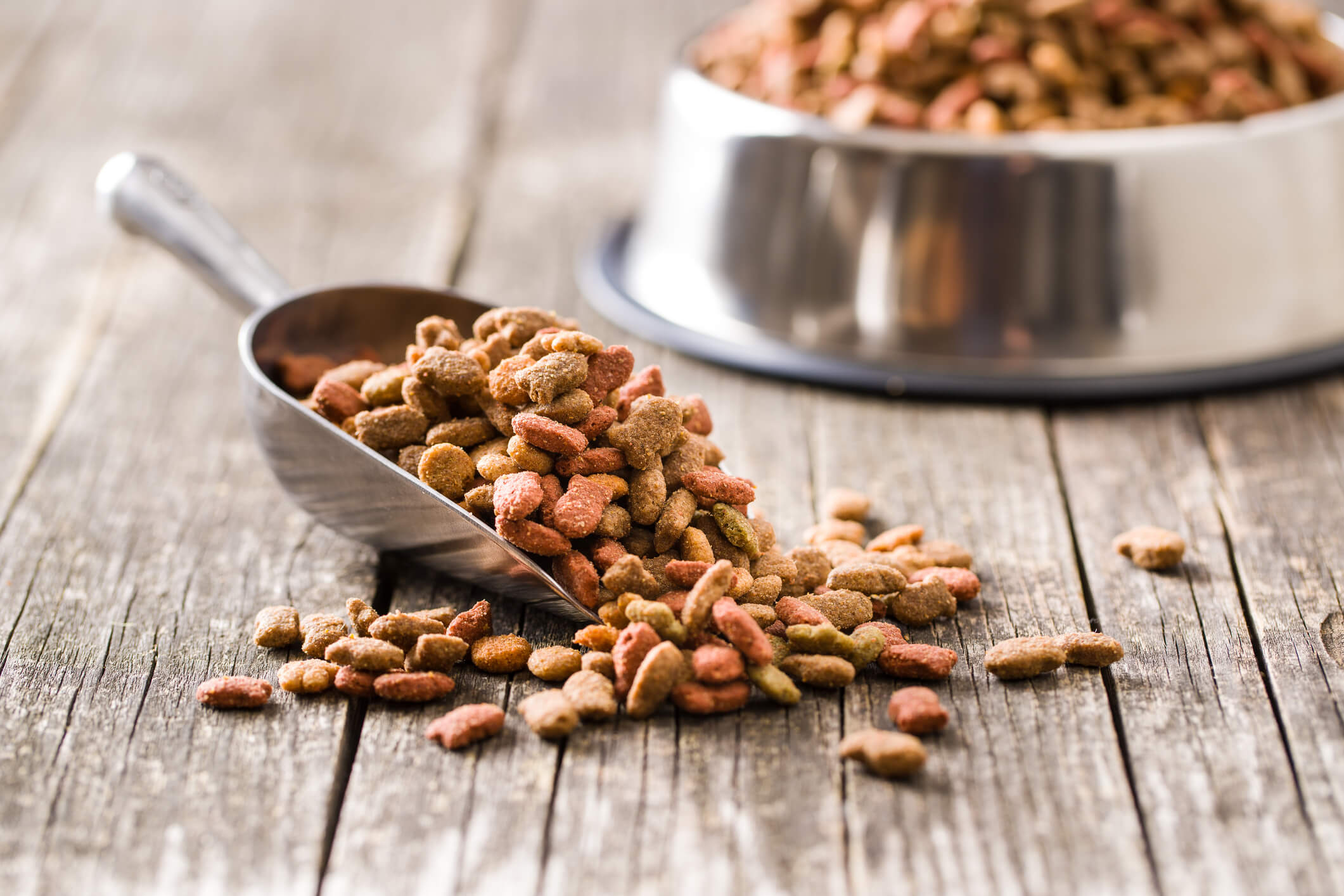
How to Manage Your Dog's Pancreatitis Through Diet
Pancreatitis is often a scary and abrupt problem for dogs and their owners to experience. One moment, your pup is happily chowing down on some food, and the next, they might be doubled over in pain, vomiting and lethargic.
Pancreatitis refers to inflammation of the pancreas, and it’s a serious and sometimes life-threatening condition. Fortunately, when it’s caught early enough, it can be managed effectively over time. One of the key elements of this management plan will include your dog’s diet.
How food and pancreatitis are related
Alongside the production of hormones like insulin, the pancreas also releases inactive digestive enzymes after your pup eats. These activate once they leave the pancreas and aid in breaking down food inside the small intestine.
When the pancreas is dysfunctional, it might release and activate these enzymes too early and/or too often. This results in inflammation as well as damage to the pancreas itself and the surrounding organs, which is both dangerous and painful for your furry friend. Symptoms include a hunched back or bowing posture, repeated vomiting, fever, lethargy, inappetence and signs of pain.
Fatty food is often at the root of canine pancreatitis, whether it comes on suddenly (acute pancreatitis) or develops slowly over time (chronic pancreatitis). By elevating fat levels in the blood, these foods can lead to the dysfunction and inflammation of the pancreas.

Nutrition guidelines for pancreatitis
Because of the large role fat plays in causing pancreatitis in dogs, it’s no surprise that diet is one of the tenets of a pancreatitis management plan for pups.
After you notice signs of pancreatitis in your dog, you’ll want to visit the vet as soon as possible for rapid treatment. What the vet does will depend on the severity of your dog’s condition. After they are cleared to go home, dogs with pancreatitis will need to be fed very bland, easily digestible food until their inflammation subsides.
Then, they’ll likely need to be fed a prescription or over-the-counter food that meets the following guidelines:
- Low in fat: The most obvious and important quality of a pancreas-supportive diet is that it’s low in fat. Dogs need to have some fat in their daily meals to support bodily functions, skin and coat health and energy. However, food that is lower in fat than a traditional diet will avoid excess stimulation of the pancreatic enzymes, preventing further flare-ups.
- Highly digestible: The food your pup eats every day should contain carbohydrates and proteins that are easily digestible. This helps to not overstress the pancreas as it releases enzymes.
- Low calories: Obesity is another risk factor for dogs developing pancreatitis. For this reason, dogs placed on a pancreas support diet often need to lose weight as well. The food your dog transitions to should have the appropriate caloric content for controlled weight loss. The specific caloric amount you feed your pet should be dictated by your veterinarian.
- Adds fish oil: Fish oil supplements in food might seem counterintuitive when it comes to a diet for pancreatitis. Although fish oil has high fat content, it has actually been shown to reduce levels of fat present in the blood and can be useful in managing pancreatitis. It is also known to reduce inflammation, which might assist in minimizing flare-ups in chronic conditions.
Some dogs with a history of pancreatitis will need to stay on a low-fat, pancreatitis-specific food for the rest of their lives in order to reduce the risk of flare-ups. However, other dogs might be able to transition back to “normal” food over time, as long as their fat intake is monitored closely.
Rely on your vet’s advice for the best results
Ultimately, every case of pancreatitis in dogs will be slightly different. Aside from fatty foods, there are a number of other potential causes that might need to be addressed as part of your pet’s treatment plan.
Don’t feed your pet any new food—prescription or over-the-counter—without discussing the new diet in detail with your vet and understanding why the ingredients are important. With this foundational understanding, you can help your dog live a happy, healthy and comfortable life without pancreatitis pain for years to come.


